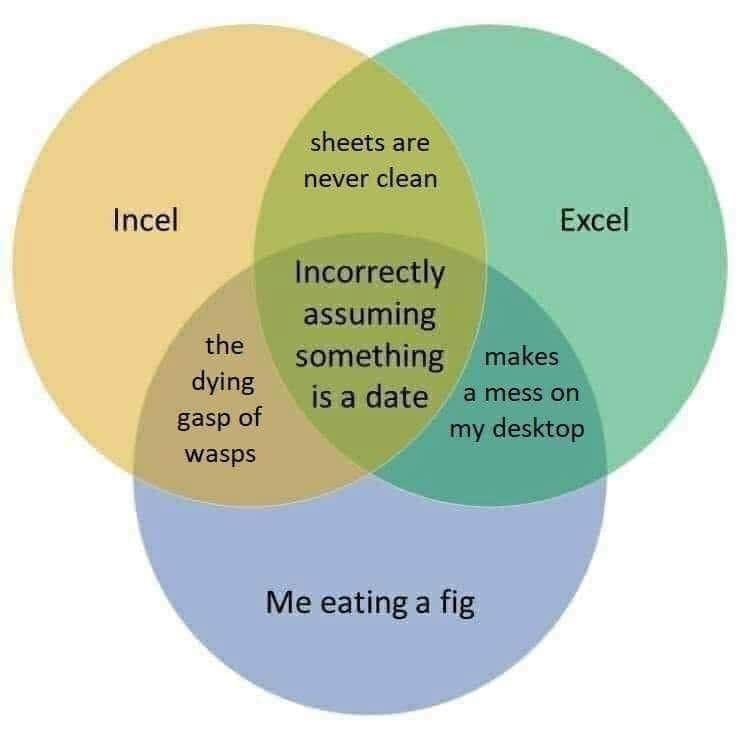this post was submitted on 09 Aug 2023
556 points (94.0% liked)
Memes
45997 readers
1746 users here now
Rules:
- Be civil and nice.
- Try not to excessively repost, as a rule of thumb, wait at least 2 months to do it if you have to.
founded 5 years ago
MODERATORS
you are viewing a single comment's thread
view the rest of the comments
view the rest of the comments

Fig wasps pollinate the fig, but die in the process. The benefit to the wasp is that as they die they lay their eggs in the fig, which then have a safe space to grow and then burrow out of the fig before it reaches maturity.
"The fig wasp’s life cycle is typified in the caprifig (Ficus carica sylvestris), a wild, inedible fig. Wasps mature from eggs deposited inside the flowering structure of the fig, called the syconium, which looks very much like a fruit. Inside the completely enclosed syconium are the individual flowers themselves. When a wasp egg is deposited in one of the flowers, that flower develops a gall-like structure instead of a seed. The blind, wingless male wasps emerge from the galls and search out one or more galls containing a female, and upon finding one, he chews a hole in the gall and mates with her before she has even hatched. In many cases, the male then digs an escape tunnel for the female. The male then dies, having spent its entire life within the fig. The female emerges later from her gall and proceeds toward the escape tunnel or the eye of the fig (the part opposite the stem end), because she must deposit her eggs in a second fig. In departing, she passes by many male flowers and emerges covered with pollen. During her brief adult life (as short as two days), she flies into the forest to fertilize another fig and deposit another generation of fig wasps."